 Pressure continues to mount on the federal government to treat as refugees the thousands of children traveling alone from Central America and crossing the border into the U.S.
Pressure continues to mount on the federal government to treat as refugees the thousands of children traveling alone from Central America and crossing the border into the U.S.
Officials from the Office of the U.N. High Commissioner for Refugees told The Associated Press this week that they hoped the U.S. and Mexico will consider the children refugees displaced by armed conflict, meaning they would not automatically be sent back to their home countries but receive international protection.
Many of the 50,000 young people who have arrived unaccompanied since last fall fled violence in El Salvador, Guatemala and Honduras.
Would-be refugees and asylum seekers must navigate a complex system. Here are some answers to key questions about the process:
Q: HOW DOES THE U.S. HANDLE REFUGEES?
A: The U.S. government contracts with organizations that handle all the details of accepting a refugee from another country. For example, the International Rescue Committee receives refugees at airports, sets up apartments, finds them jobs, helps them register with social services and helps assimilate them into everyday American life. That means 16 hours of class on American customs and traditions, as well as English-language courses at a local community college. Refugees spend about six months being introduced to the U.S., which can mean everything from teaching a person to shop for groceries to explaining the criminal justice system.
Q: HOW ARE PEOPLE WHO FLEE CONFLICT GRANTED REFUGEE STATUS?
A: The most common way to seek refugee status is by registering with the U.N. High Commissioner for Refugees. The person then could be included on a list of potential refugees eligible for acceptance by one of 10 countries that resettles them. The U.S. takes in about 70,000 of the 100,000 refugees who make it onto the U.N. list annually. Potential refugees go through rigorous background checks.
Q: WHAT IS THE DIFFERENCE BETWEEN A REFUGEE AND AN ASYLUM SEEKER?
A: An asylum seeker has entered the United States and now seeks protection from returning to their home country. The person must demonstrate a well-founded fear of persecution on account of race, religion, nationality or political beliefs. The U.S. then determines whether the person should be granted asylum. In contrast, a refugee has not yet entered the U.S. but also wants to flee persecution. For example, a person fleeing violence in Syria might take shelter in a refugee camp in bordering Jordan but later be picked up by the United States as a refugee.
Q: WHAT IS THE HISTORY OF REFUGEES FROM LATIN AMERICAN COUNTRIES?
A: The U.S. has taken in hundreds of thousands of refugees from all over the world since the 1970s following humanitarian crises in Cuba and other countries. In 1980, Congress was forced to create laws addressing political asylum after about 125,000 Cubans fled to the U.S. via boat. While the government welcomed the Cubans at first, authorities later learned many had been released from prison and mental health facilities.
Brutal civil wars in Guatemala and El Salvador in the 1980s also caused a large migration to the U.S., and many refugees settled in the Southwest. Guatemala and El Salvador make up a large number of the immigrants now crossing into Texas on a daily basis.
Q: CHILDREN AND FAMILIES SAY THEY ARE FLEEING GANG VIOLENCE IN GUATEMALA, HONDURAS AND EL SALVADOR. DOES THAT QUALIFY THEM FOR ASYLUM?
A: Many experts say that while tens of thousands of children are fleeing Central America because of gang violence and criminal activity, most cannot prove they qualify for asylum after entering the U.S.
There is a small chance the children will get asylum, immigration attorney and law professor David Simmons said. Simmons, who teaches at the University of Denver law school and has 30 years of experience as an immigration lawyer, said even being forced to join gangs, as many Central American kids claim, does not necessarily qualify as being persecuted.
“If you’re a victim of gang violence, you haven’t been singled out for political persecution,” he said. “It may be a very good reason to get out of your country, but it’s not political persecution.”
(AP)



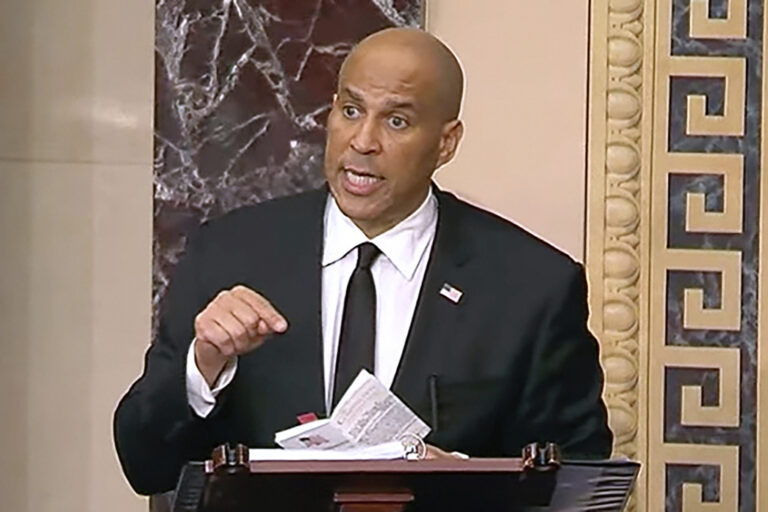
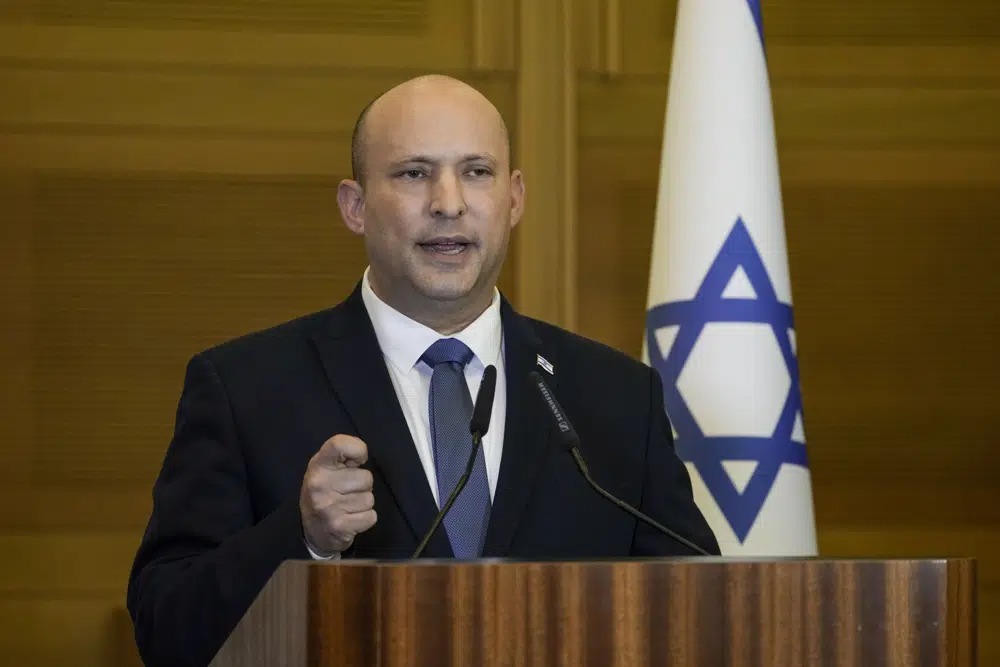
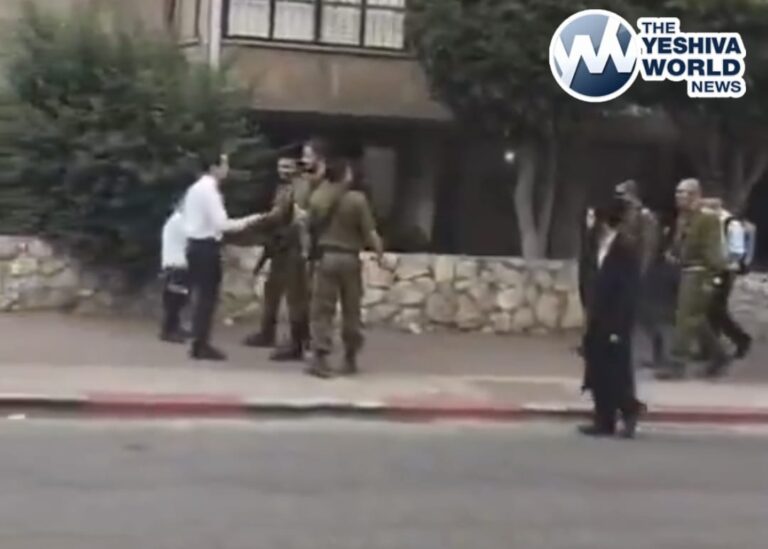
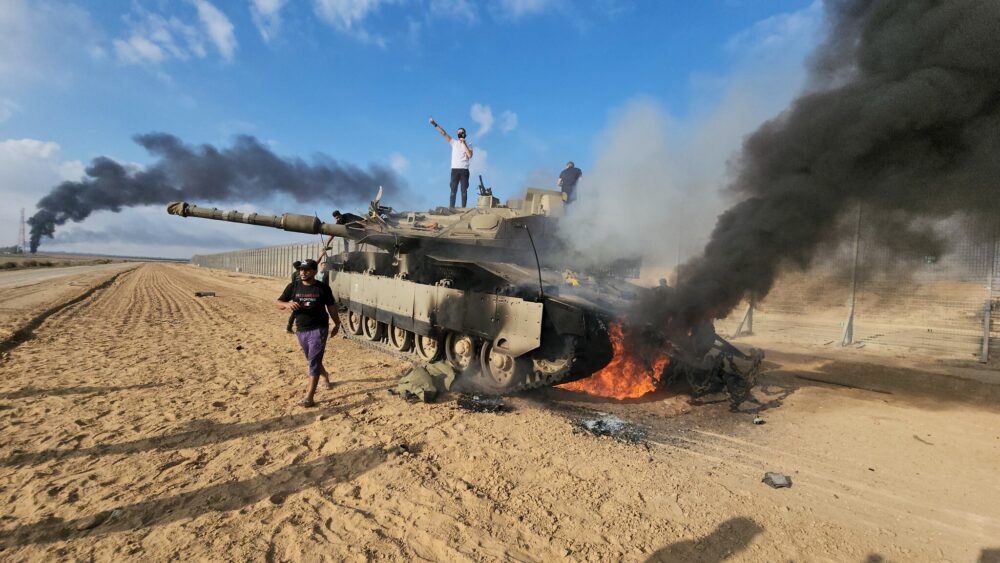


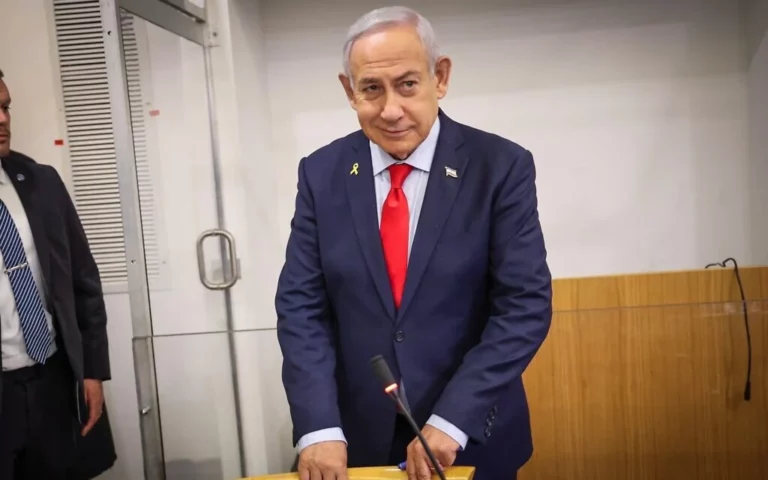
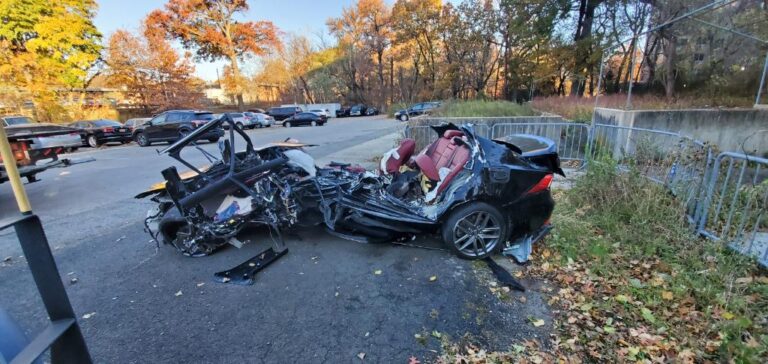
2 Responses
Send them back, secure the borders and donate to every candidate who pledges to do so
Any fools who are shortsighted enough to want “cheap labor” will pay for this in the end when Obama grants amnesty first to the millions who are already here and then to these tens of thousands of new border crashers AND their descendants, who will ensure a permanent, 3rd-world-voter-controlled, marxist, Democrat majority for CENTURIES, a majority which will raise taxes, restrict the rights of Jews, align with islam against Israel, and eventually finish off bankrupting America morally and financially.
Send them back, CLOSE THE BORDERS and donate to every candidate who pledges to do so
1- You’re talking like most Americans did after WWII about the jews.